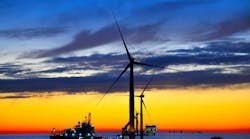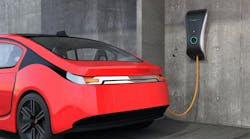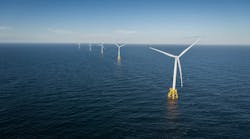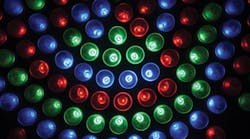President Trump signed into law the External Power Supply Improvement Act (EPS), H.R. 518/S. 226 on January 12, 2018. According to a release from the National Electrical Manufacturers Association (NEMA), the legislation was introduced in the House by Reps. Diana DeGette (D-CO), Brett Guthrie (R-KY), Doris Matsui (D-CA), and Charlie Dent (R-PA); and in the Senate by Sens. Rob Portman (R-OH), Maria Cantwell (D-WA) and Jeanne Shaheen (D-NH).
“When Congress first directed the Department of Energy to set standards for external power supplies, certain lighting technologies had not been developed,” said NEMA President and CEO Kevin J. Cosgriff. “The dynamic innovation within the lighting industry resulted in widespread adoption of light-emitting diodes (LED) and organic light-emitting diodes (OLED), which were originally categorized as external power supplies. With subsequent development of LED and OLED technology and its rising popularity for previously unanticipated uses, the standards now need to incorporate the latest lighting technology.”
According to Cosgriff, having LED drivers available in the marketplace allows for the transition to more energy-efficient lighting, decreasing energy use and cost for consumers. Additionally, investment in solid-state lighting technology is significant and growing. The legislation removes regulatory uncertainty regarding current federal regulations impacting solid-state lighting drivers that could have dampened further investments and limit consumer choice.
The bill clarifies the statutory definition of “external power supplies” set forth in the EPS Act of 2005, and amends the conditions under which the Department of Energy could undertake rulemaking in the future.









